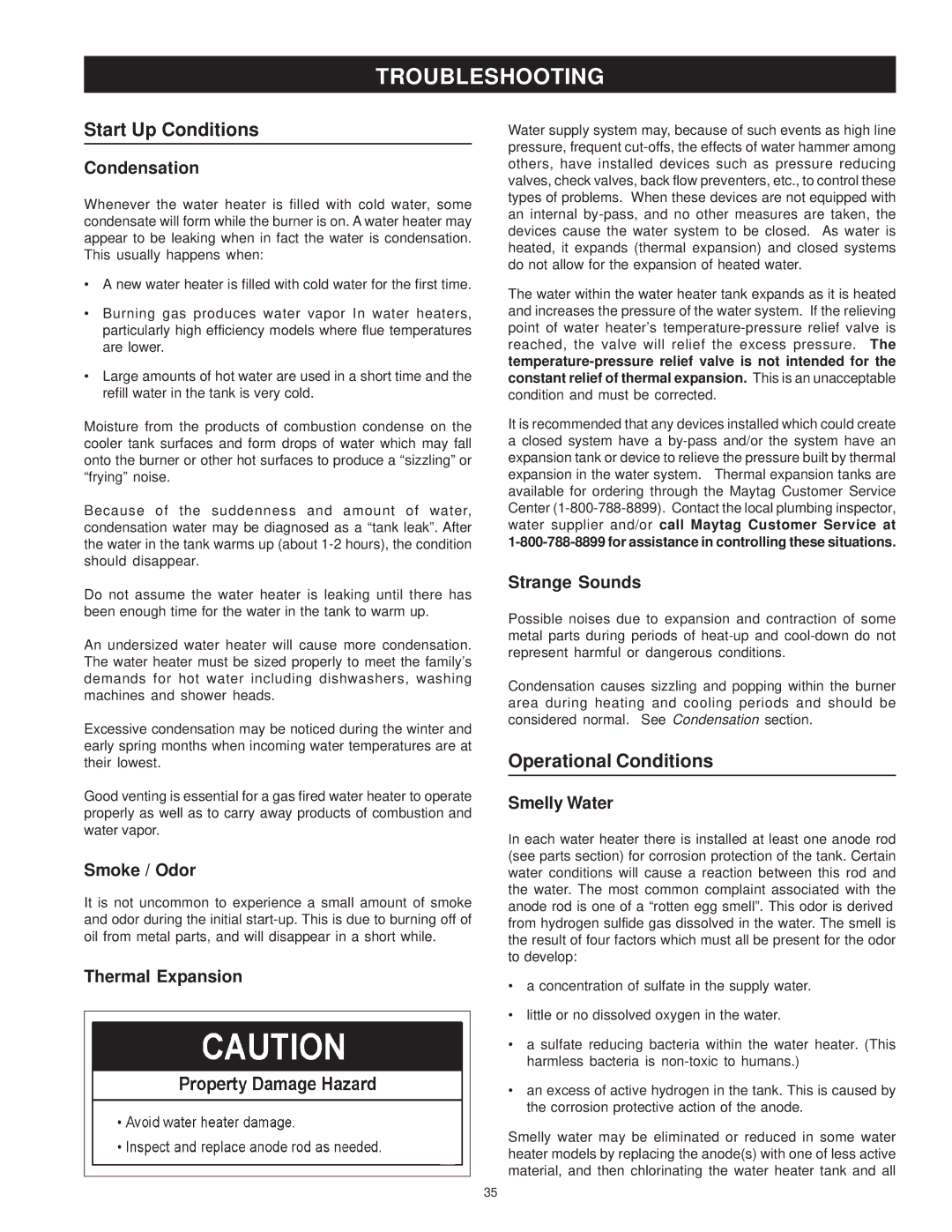HRN11240P, HRP11240P, HRN11275P, HRP11250P, HRP31275P specifications
The Maytag HRP31250P, HRN31275P, HRP31275P, HRP11240P, and HRP11275P are high-efficiency residential heat pumps designed to provide optimal comfort and energy savings for homeowners. These models showcase Maytag's commitment to reliability, durability, and advanced heating technology.One of the standout features of the Maytag HRP series is its impressive SEER (Seasonal Energy Efficiency Ratio) and HSPF (Heating Seasonal Performance Factor) ratings. These ratings indicate high efficiency, which translates to reduced energy bills and a smaller carbon footprint. The heat pumps operate efficiently in both heating and cooling modes, making them versatile for year-round climate control.
The HRP31250P and HRP31275P models include variable-speed compressors. This technology allows the heat pumps to adjust their output based on the heating or cooling demand. As a result, they maintain consistent indoor temperatures while using less energy. The variable-speed operation also means quieter operation compared to traditional single-stage units, making for a more pleasant home environment.
Additionally, the HRN31275P model stands out with its advanced inverter technology. This technology provides even greater efficiency by allowing the unit to operate at various capacity levels. The inverter-driven compressor ensures that the heat pump runs at the optimal speed, reducing wear and tear and extending the lifespan of the unit.
These models are built with durable materials and incorporate Maytag's robust design principles. They feature a galvanized steel cabinet that is powder-coated to resist rust and corrosion, ensuring that the heat pumps perform effectively for many years. The units come with a limited warranty, reflecting the manufacturer’s confidence in their long-term performance.
The HRP11240P and HRP11275P models are designed for smaller spaces while still offering the same energy-efficient performance found in their larger counterparts. These units are ideal for apartments or homes with limited space for heating and cooling systems. Their compact size does not compromise on performance, making them an excellent choice for those looking for a balance of efficiency and footprint.
Overall, the Maytag HRP series heat pumps represent an investment in home comfort and energy efficiency. With advanced features, reliable performance, and durable construction, these models are well-suited for today's environmentally conscious homeowners seeking dependable heating and cooling solutions.

